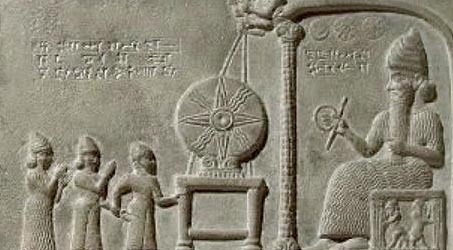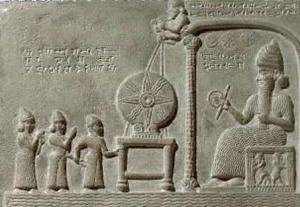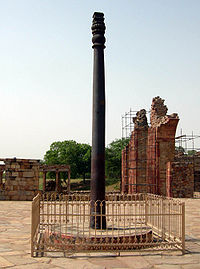A few days ago I blogged about Sweden’s decision to recognize a Palestinian State. Now a non-binding British vote delivers a crushing majority for recognition of what Gatestone calls a “Racist, Terrorist, Apartheid State”.
Meanwhile, $5.4 Billion in reconstruction aid has now been promised to the Gaza strip with no requirement to disarm, nor any legitimate controls to ensure it won’t be used to rearm for war. Au Contraire – Iran is broadcasting its intentions to continue arming the Palestinians for more wars against Israel. This linked article labels recent attacks from Gaza “the start of the ‘divine promise’ of destroying the Jewish state.”
And to complete the picture, Abbas promises a period of peace which dovetails nicely with Iran’s successful negotiations to buy the time and space that it needs to create nuclear weapons.
 Recognizing hate should lead to condemning and counteracting it. Instead, when it comes to hatred against Israel, we recognize it as legitimate. We fund it. We give it statehood.
Recognizing hate should lead to condemning and counteracting it. Instead, when it comes to hatred against Israel, we recognize it as legitimate. We fund it. We give it statehood.
How on earth did we as a species arrive at an insane condition in which millions of fanatical people have become intent on destroying a tiny nation built by survivors of one of the most, if not the most, horrifying genocides ever committed? And if that wasn’t enough, millions of “enlightened moderates” blame the victim as justification to support, arm, fund and thereby encourage the hate of the fanatics!
The short answer, imho, is that human hypocrisy is a primary source of all evil. I like to define hypocrisy as the creation / acceptance of false equivalencies and the application of double standards. These subtle manifestations of bias and duplicity aggregate up with horrendous results.
There are longer answers, which also provide insight into the aggregation of such hypocrisy, and also the antidote to it. If you are interested in my take on this topic, please cast your vote for my upcoming book The Rod of Iron which provides a more complete answer.








